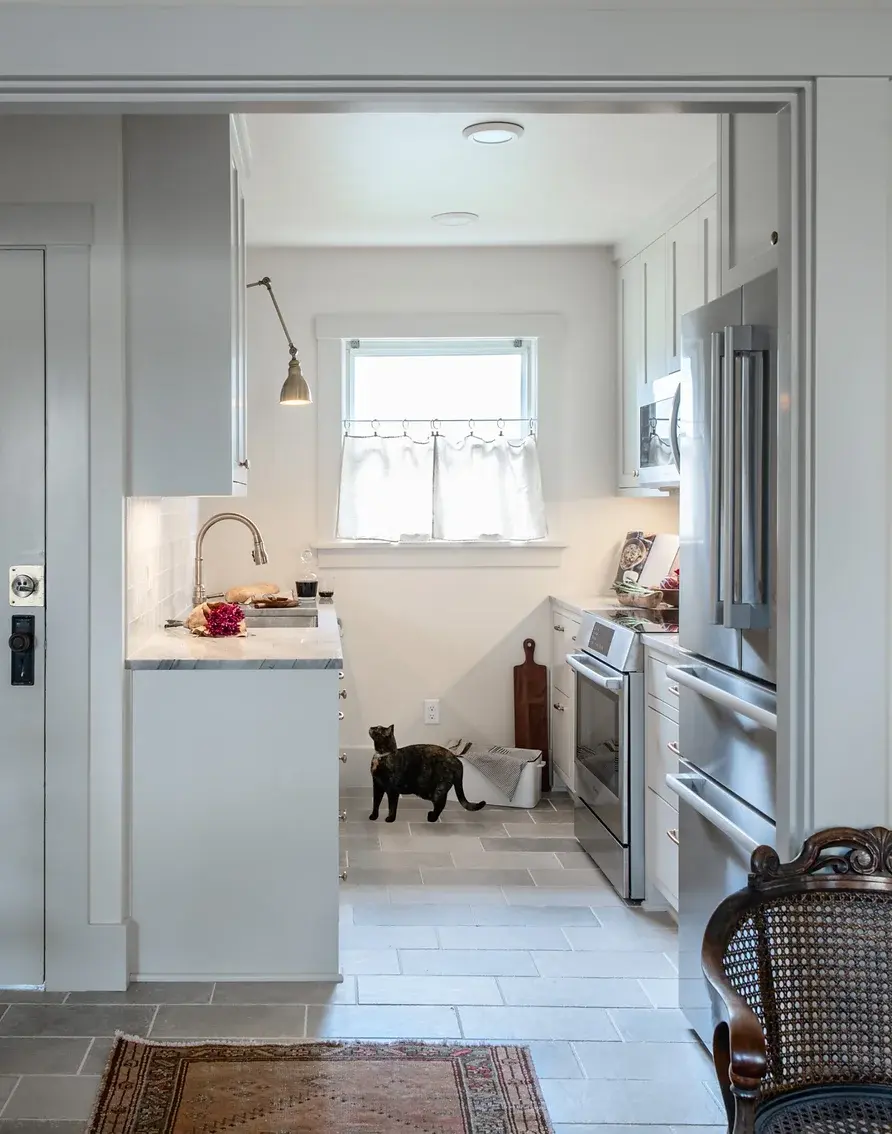A HOMEOWNER'S GUIDE TO MOOD LIGHTING
- Build Forward

- Oct 28, 2024
- 4 min read
How to Use Lighting to Transform the Atmosphere of Every Room In Your Home
At Build Forward, we know that great design goes beyond the structure. Lighting, especially mood lighting, is one of the most effective ways to elevate the atmosphere of a room. Whether you're looking to create a cozy nook, a vibrant kitchen, or a serene bedroom, lighting plays a vital role in setting the tone. In this guide, we’ll walk you through how to use mood lighting to enhance your home and the key factors to consider when designing with light.
What Is Mood Lighting?
Mood lighting refers to the strategic use of lighting to evoke certain emotions and create specific atmospheres within a space. Unlike task lighting (designed for specific functions like reading) or ambient lighting (the overall illumination of a room), mood lighting focuses on enhancing the aesthetics and emotional impact of the space. It’s about creating warmth, intimacy, or even drama, depending on your needs.
Why Is Mood Lighting Important?
The right lighting can transform a space. It can make a large room feel cozy or a small one appear more spacious. It can highlight architectural features, artwork, or furniture, and help establish the overall design style of your home.
Think of lighting as the final touch in your design palette—it ties everything together. Imagine walking into a room with dim, warm lighting compared to one with harsh, cold fluorescent lights. The feeling is completely different. Mood lighting allows you to craft an environment that feels comfortable, inviting, and tailored to your lifestyle.
Key Types of Mood Lighting
There are several approaches to mood lighting, and understanding these options can help you make the right choices for your home:
Ambient Lighting with Dimmers
Ambient lighting is your main source of illumination, but with a twist. By installing dimmers, you can easily adjust the light levels to create the mood you want. Whether you’re entertaining guests or enjoying a quiet evening with a book, dimmers offer flexibility.
Tip: Go for warmer tones in living rooms and bedrooms to create a sense of relaxation. Cooler tones are better suited for areas like kitchens and home offices, where focus is essential.
Accent Lighting
Accent lighting is used to highlight specific features in a room, such as artwork, plants, or architectural details. It can be a great way to add depth and drama to your space. Recessed lights, track lighting, or wall-mounted fixtures are commonly used for this purpose.
Accent lighting can add a sense of luxury or elegance to a room when used subtly. You can try incorporating it behind furniture, in alcoves, or around mirrors for added impact.
Task Lighting with Style
While task lighting is more functional in nature, you can still use it to enhance the overall mood. For example, a stylish desk lamp or pendant light over a kitchen island can serve dual purposes—providing practical light for work or food prep, while also contributing to the overall ambiance.
Try opting for fixtures that align with your decor style—whether minimalist, industrial, or bohemian—so that task lighting doesn’t disrupt the mood but complements it. Never underestimate the power of a fun lamp!
Soft LED Strips and Cove Lighting
LED strips can be installed under cabinets, along staircases, or even inside furniture for an ultra-modern touch. This subtle lighting method is perfect for creating a gentle glow that doesn’t overwhelm the room, making it ideal for bedrooms, living rooms, or even bathrooms.
You can use soft, diffused LED strips in areas where you want to foster calmness, such as under a bed frame or behind a headboard. This creates a floating, serene effect.
Room-by-Room Lighting Tips
Living Room: As the main social hub of your home, the living room can benefit from layered lighting. Consider a combination of overhead ambient light with dimmable floor and table lamps to create versatility. You can also add accent lighting to highlight your favorite decor pieces.
Bedroom: The bedroom should be a sanctuary. Opt for bedside lamps with dimmers or install wall sconces with a warm glow. Avoid overly bright lighting, as it can disrupt the calming atmosphere you may want in this space.
Kitchen: As the heart of the home, kitchens are both functional and social, so the lighting should to reflect that dual purpose. Under-cabinet lighting is perfect for food prep, while pendant lights over an island or dining area add style and character.
Bathroom: Soft, diffused lighting around mirrors is great for task lighting, while recessed ceiling lights with dimmers can help create a spa-like retreat for relaxation.
Plan Your Lighting Early
When designing or renovating your home, it’s important to consider lighting early in the process. This ensures that fixtures, wiring, and switches are incorporated seamlessly into the design. Whether you’re aiming for a contemporary or classic feel, lighting can make or break the overall mood of a space.
By thoughtfully integrating mood lighting into your home, you can create a space that feels inviting and uniquely yours. If you need help designing a lighting plan that aligns with your vision, we’re here to help you every step of the way. Contact us here or send us a message at info@webuildforward.com to get started!







Comments